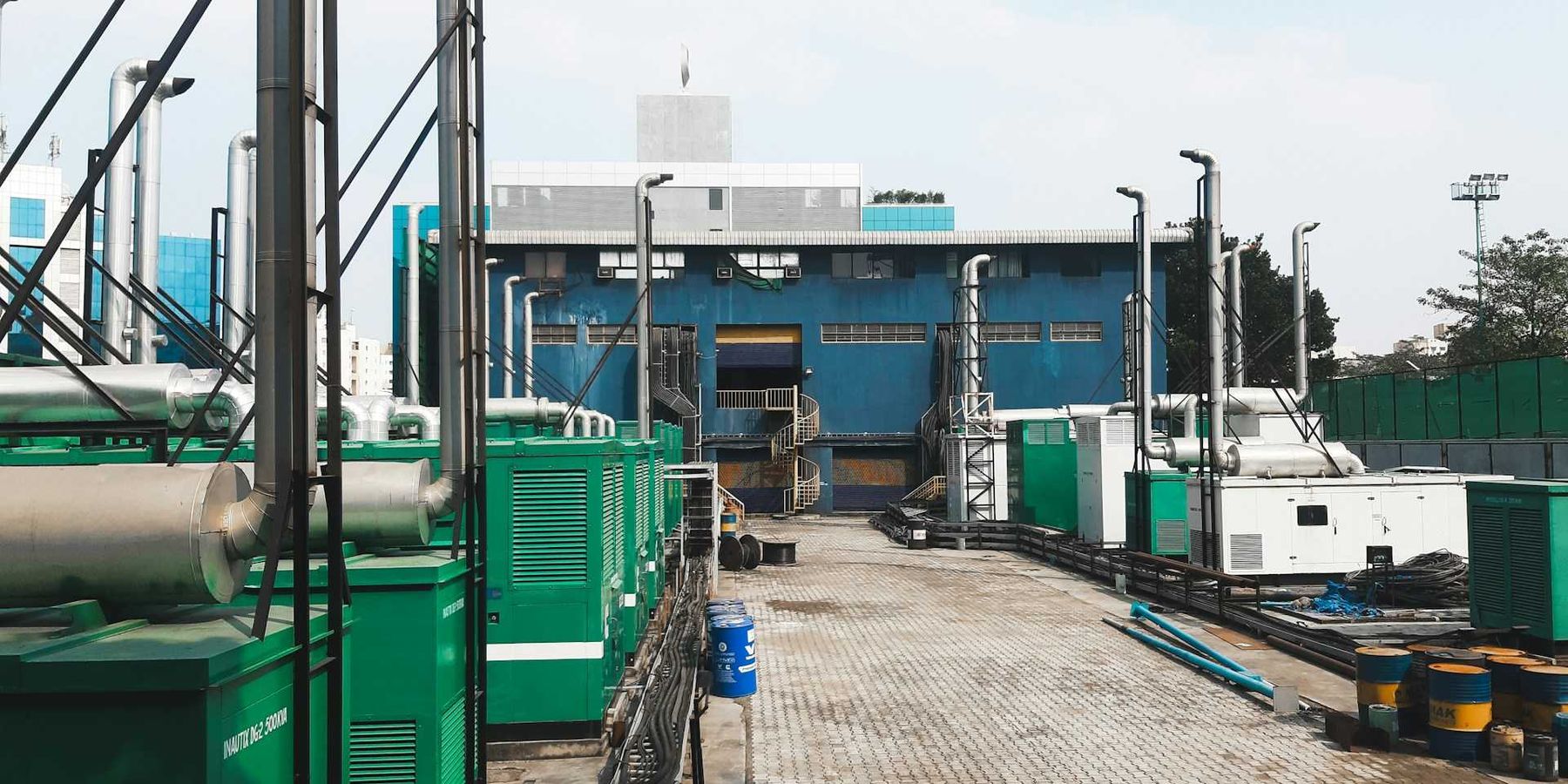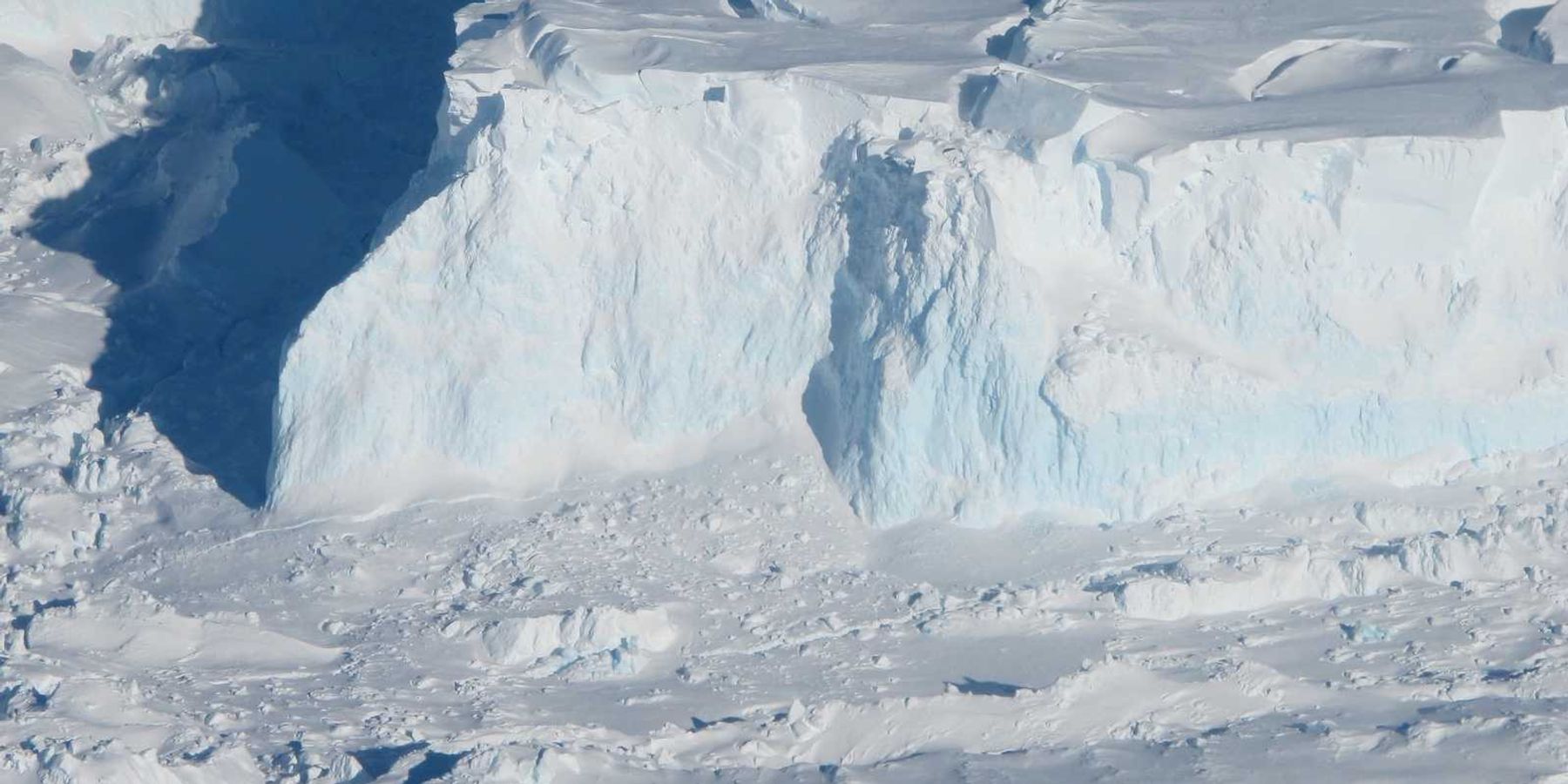FEMA search and rescue leader quits amid Texas flood response delays
Ken Pagurek resigned as chief of the Federal Emergency Management Agency's urban search and rescue unit, citing bureaucratic hurdles imposed by the Trump administration that slowed the agency’s response to deadly Texas floods earlier this month.
Lisa Friedman reports for The New York Times.
In short:
- Pagurek opposed a new policy requiring Homeland Security Secretary Kristi Noem’s personal approval for purchases over $100,000, which critics say delayed flood relief.
- The Texas Hill Country floods on July 4 killed 120 people and exposed gaps in FEMA’s deployment, prompting calls for a congressional investigation.
- FEMA has lost roughly a quarter of its staff under Trump’s downsizing push, fueling concerns about the agency’s ability to manage worsening climate disasters.
Key quote:
“The people that are there will work hard, but when you lose that experience its hard to replace.”
— Michael Coen, former FEMA chief of staff
Why this matters:
FEMA’s search and rescue teams are often the last lifeline during disasters, arriving when state and local systems are overwhelmed. As climate change drives more frequent and severe floods, hurricanes, and wildfires, the agency’s capacity to respond quickly can mean the difference between life and death. Bureaucratic delays in disaster response not only slow rescues but also worsen public trust in government, leaving vulnerable communities exposed. Texas’s recent flooding shows how policy decisions at the federal level ripple outward, affecting on-the-ground operations when every hour counts.
Related: Texas flood response prompts scrutiny of FEMA delays and leadership













